
Table of Contents
The words RGB and ARGB may have popped into your head while researching gaming setup ideas. Although they are distinct, both will result in flashy lights for your system. When it comes to lighting customization, the RGB (Red, Green, Blue) and ARGB (Addressable RGB) systems are the foundations of creativity. They bring spectacular colors and effects to gaming setups and PC configurations.
So, the question is, what makes these light-based innovations unique?
To help you light up your home in style, we'll go over the difference between RGB and ARGB lights so you can understand the magic behind them.
What is RGB?
Colors in the RGB spectrum are red, green, and blue. All sorts of electronic devices use it for their backlights, including televisions, computers, tablets, smartphones, and more. Since these three hues provide the basis of every other color imaginable when viewing a screen, they are the most important ones.
Electronics and gaming PC manufacturers, in particular, have recently made a concerted effort to improve the aesthetics of their gaming furniture and accessories. Plastic, metal, glass, and RGB lighting gadgets are all byproducts of this process. When lighted in this way, the computer transforms from a practical instrument for work into an aesthetic marvel. A simple RGB gaming PC setup can do wonders for a gaming space.
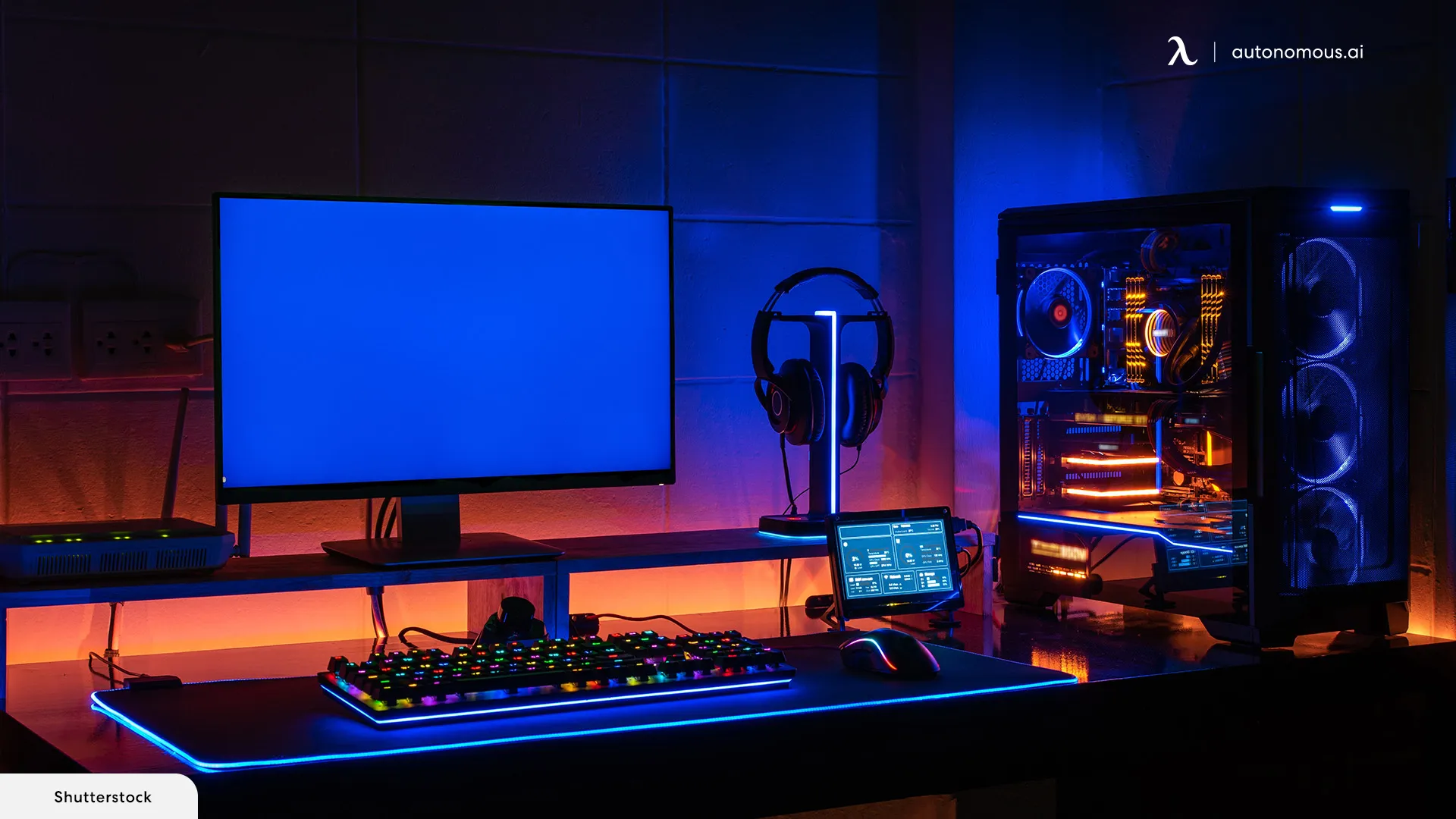
What is ARGB?
The acronym ARGB stands for "Addressable RGB," and it's a technique that allows you to fine-tune your RGB lighting down to the level of individual LEDs. You have complete control over the colors of the LEDs and may program them to blink, synchronize with music, cycle across the color spectrum, and much more.
Thanks to ARGB, current RGB technology has made great strides in the past ten years. ARGB products are compatible with a broad range of devices, which puts your mind at ease if you ever feel like your laptop or PC isn't fancy enough. The controller box software makes it easy to manage all of your ARGB lighting devices from a single location, and it's also quite intuitive.
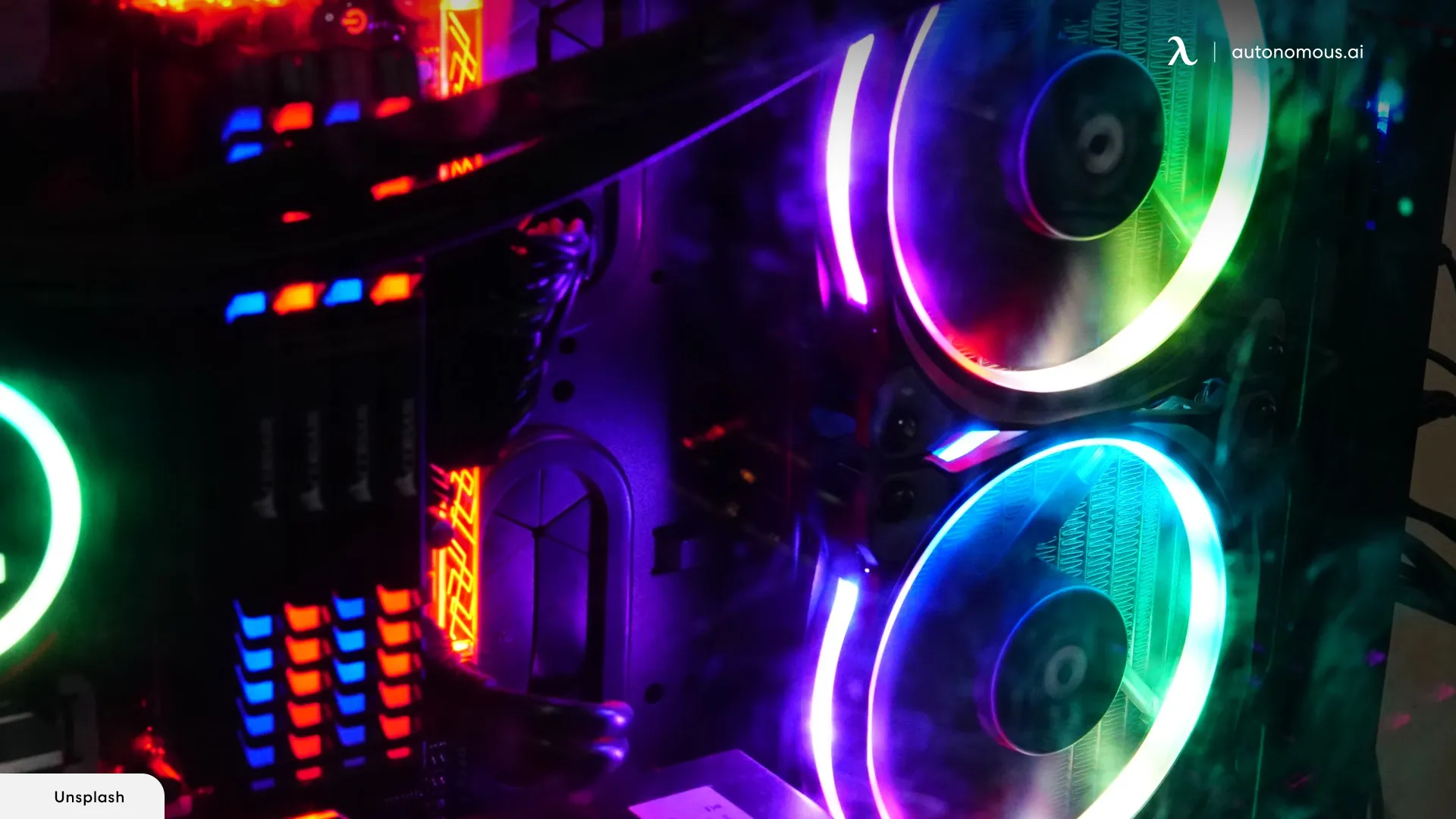
What Is the Difference Between RGB and ARGB?
| Feature/Aspect | RGB | ARGB |
|---|---|---|
| Full Form | Red, Green, Blue | Addressable Red, Green, Blue |
| Control Method | Static, limited to single color control | Individually addressable LEDs for dynamic control |
| Customization | Limited (one color at a time) | High (each LED can be controlled individually) |
| Complexity | Simple (easier to set up and use) | Complex (requires more advanced control systems) |
| Lighting Effects | Basic (static colors, simple transitions) | Advanced (dynamic patterns, animations) |
| Compatibility | Compatible with most RGB controllers | Requires compatible ARGB controllers and software |
| Use Cases | Basic lighting setups (e.g., backlighting) | Advanced lighting setups (e.g., detailed custom lighting schemes) |
| Cost | Generally less expensive | Generally more expensive due to advanced features |
| Connection Type | 4-pin connectors | 3-pin 5V connectors |
| Power Source | Typically powered via motherboard or controller | Typically powered via motherboard or dedicated controller |
| Example Applications | Basic PC case lighting, single color peripherals | Advanced PC case lighting, complex lighting designs, detailed custom setups |
| Popular Brands | Corsair, NZXT, Cooler Master | Corsair iCUE, ASUS Aura Sync, MSI Mystic Light |
1. RGB vs. ARGB: The Technical Distinctions
Voltage and Pin Differences
The difference between RGB and ARGB is extremely technical, but they are worth exploring for those who are interested in the nuts and bolts of computer hardware. A 5V current is usually sufficient to power ARGB devices, but a 12V current is required for RGB gaming lights. In addition, please pay close attention to the connectors: an RGB connector typically has four pins, and it won't work with an ARGB header, which has three pins.
Addressability
Now, let's talk about addressability, the "A" in ARGB. Thanks to this function, you may set each LED individually so that it can shine separately from the others. This feature opens up additional possibilities for lighting effects, much like letting each member of a line-up choose its rhythm instead of having to conform to a predetermined pattern.
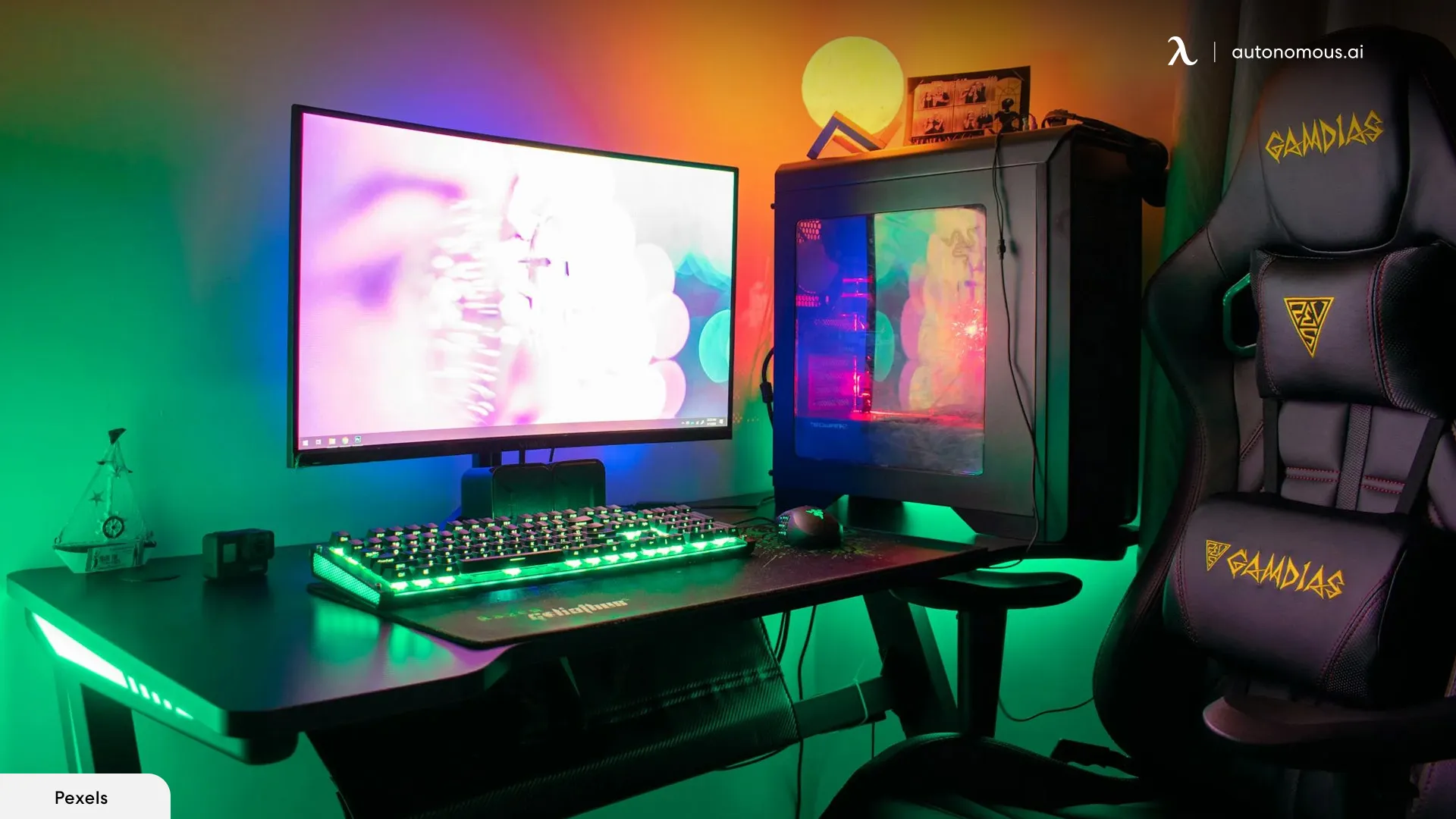
2. ARGB vs. RGB: Visual Differences
Static Lighting of RGB
The reliability and stability of the RGB lighting are often its defining features. When you pick a color, it stays that color - consistent and dependable, though maybe lacking in motion. If you want to create a certain mood or maintain a consistent RGB gaming setup inspiration, then having evenly distributed lighting is a must. This feature works great for the best RGB gaming chairs and desks.
The Dynamic Lighting of ARGB
On the other hand, ARGB lighting provides a more lively and fluid visual experience. By mimicking the skin's adaptive properties, each diode in an ARGB arrangement can experience fast color shifts. This feature provides a dynamic and constantly changing display and can connect with the user's present activity, be it gaming or not, allowing the lights to radiate with it. ARGB's immersive and responsive performance provides the groundwork for the best RGB gaming desk.
3. Signal Type
The signal type is another distinction between RGB and ARGB lighting. To begin, the most basic RGB lights just require one power pin and three signal pins. As for the signals, they consist of three colors - red, green, and blue - that can be mixed to create a rainbow of hues. However, ARGB lighting modules employ integrated circuits to transmit an addressable signal in addition to the red, green, and blue signals. The fourth addressable signal lets you change the color of certain LEDs within a luminaire.
4. Pricing
ARGB lights have a more sophisticated design that allows for independent control of each LED bulb, making them the pricier choice due to their superior aesthetics and functionality. However, RGB lighting, rather than ARGB lighting, can be a great budget-friendly option if you're looking for adjustable lighting options for your RGB gaming desk setup.
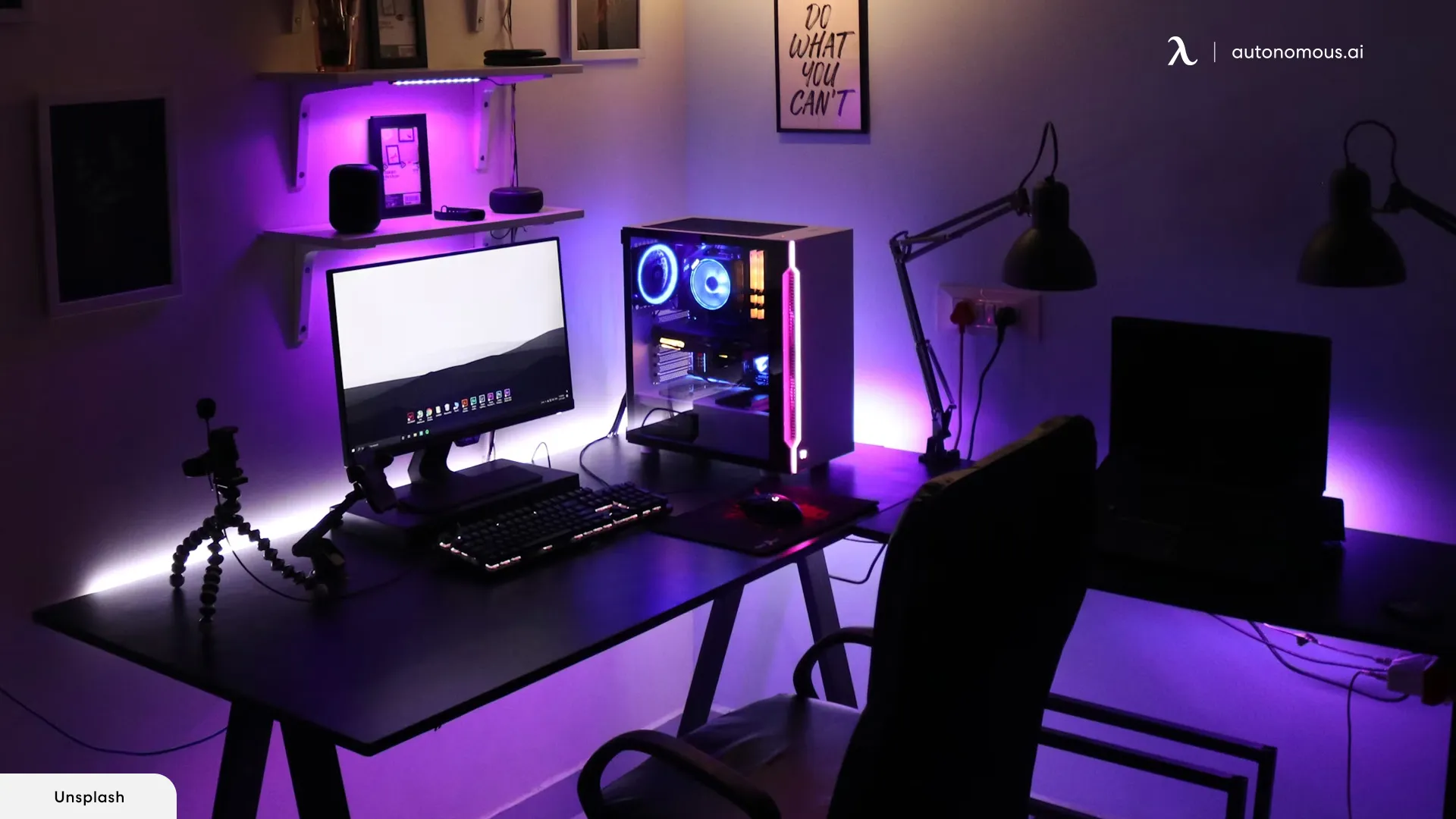
Which One Should You Choose?
Choose RGB If:
- You prefer a simpler setup with basic lighting effects.
- You are new to PC customization or prefer straightforward lighting control.
- You have a limited budget and want to save on costs.
- You don’t need highly detailed or dynamic lighting patterns.
Choose ARGB If:
- You want advanced customization and the ability to create complex lighting effects.
- You enjoy detailed and dynamic lighting patterns.
- You have a compatible ARGB controller and motherboard.
- You are willing to invest more in your lighting setup.
Frequently Asked Questions (FAQs)
Is ARGB better than RGB?
Since ARGB is an improved version of the RGB lighting that has swept the PC industry, it is clearly the winner. When comparing ARGB's complete customization options to RGB's limited capacity to display a single color, it's clear that ARGB is the better technology. In addition to being aesthetically pleasing, ARGB's best gaming desk accessories can enhance your PC experience by providing extra lighting effects for games and music, which RGB cannot match.
Can I plug ARGB into RGB?
You can't use addressable RGB with regular RGB; the two lighting protocols are completely different. ARGB headers preclude the use of RGB peripherals with ARGB headers, you can't use an RGB header to connect an addressable device and vice versa.
How do I know if my fan is RGB or ARGB?
There are four pins on RGB fans but only three on ARGB fan headers.
Is ARGB always 3-pin?
Most motherboards support the standard 3-pin 5V socket, which is ideal for connecting ARGB components or strips.
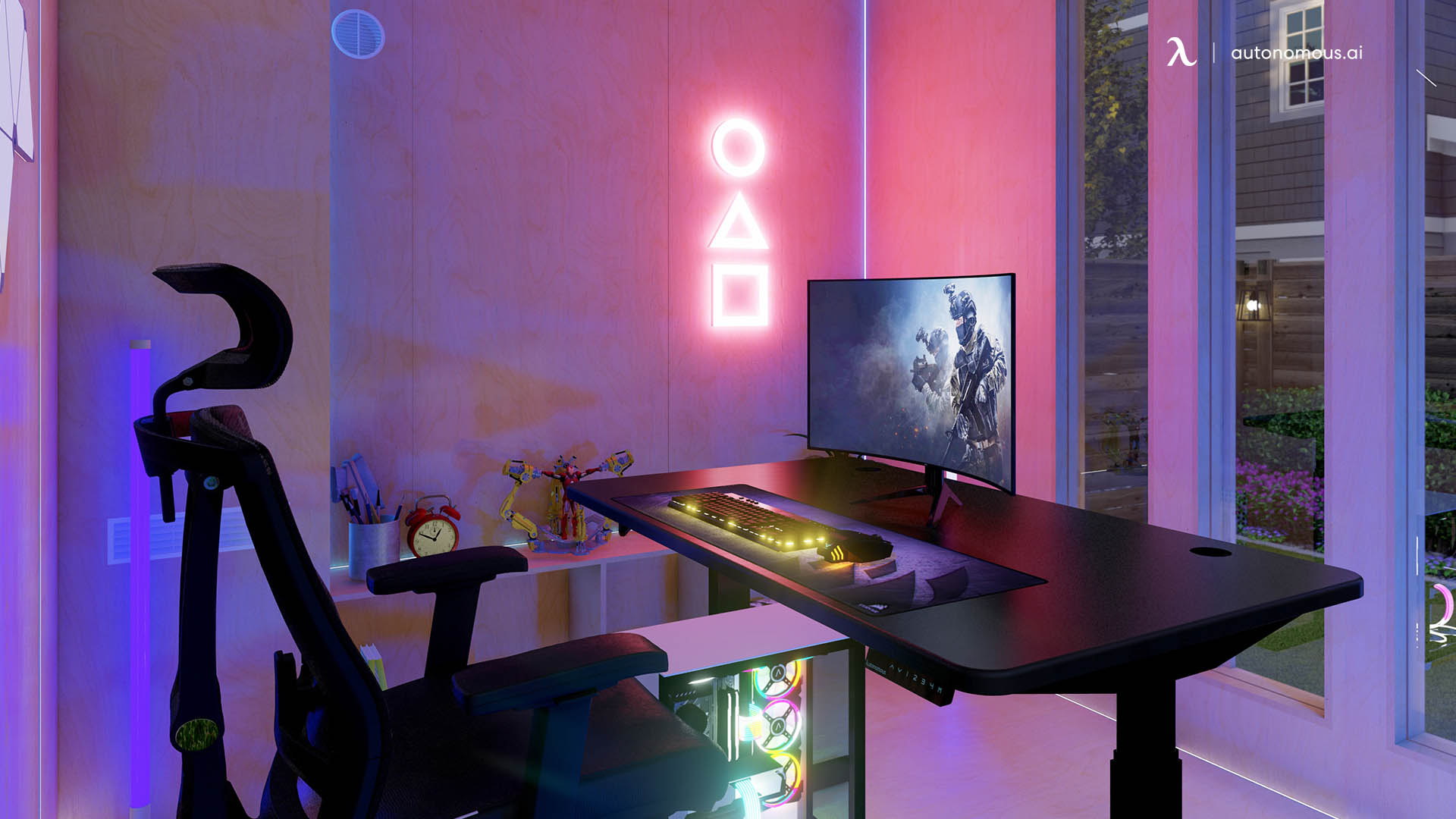
Conclusion
The ARGB color space provides the most immersive lighting experience for designs that are both colorful and quirky. Conversely, RGB offers a more budget-friendly option if you have a clear idea of what you want, such as a few solid hues to complement a theme. To fully grasp the phenomenon of RGB vs ARGB, you must be aware of the difference before making a purchase. With any luck, we hope you've gained some useful insight from our guide to the PC lighting wonders.
Stay connected with us!
Subscribe to our weekly updates to stay in the loop about our latest innovations and community news!
Interested in a Link Placement?
Spread the word
.svg)
.svg)



/https://storage.googleapis.com/s3-autonomous-upgrade-3/production/ecm/230914/bulk-order-sep-2023-720x1200-CTA-min.jpg)

/https://storage.googleapis.com/s3-autonomous-upgrade-3/production/ecm/230824/image_2Qy8RvXi_1692156220697_raw-0545aba5-ec71-4736-8a0d-b290d04efd58.jpg)